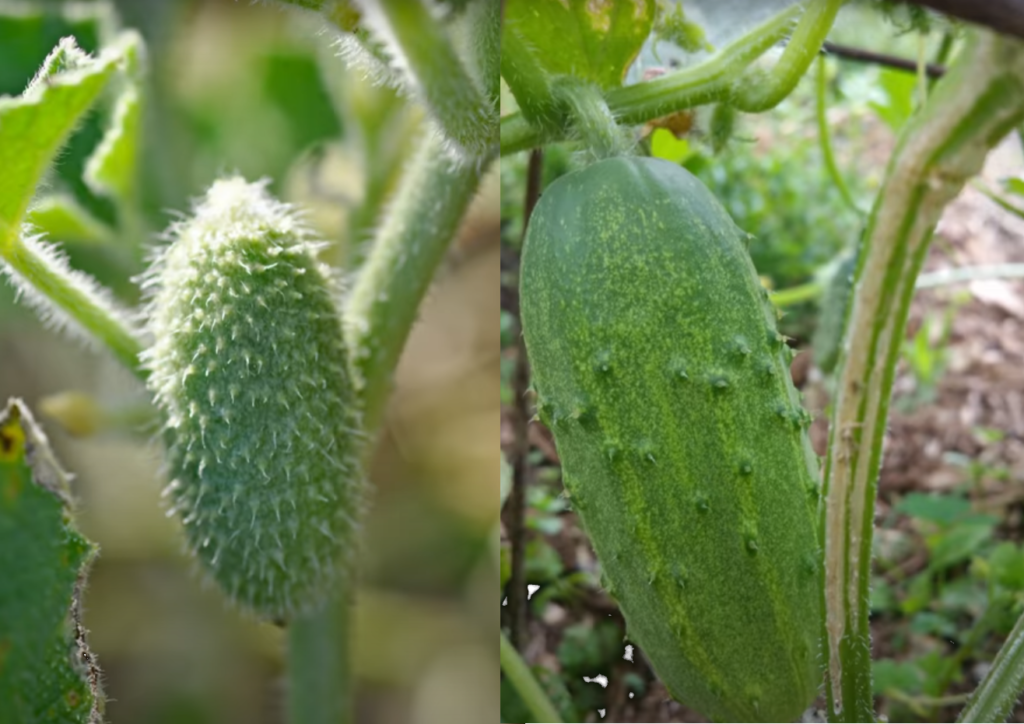
The Squirting Cucumber
We’ll journey today into the plant world. And I know I will need to ask a few of you to remove your minds from the gutter.
Ecballium elaterium is the lone species of its genus and a member of the gourd family. Native to Europe, northern Africa, and parts of Asia, this organism looks nothing like pumpkins, squashes, watermelons, or other gourds. Its fruit does kinda-sorta resemble its namesake, if a cucumber had more spikes. Count this author in the group surprised by the fact that a cucumber is a gourd.

At first glance, Ecballium elaterium might seem a pleasing flower. Its yellow petals possess an elegant beauty.
But in most parts of the world, this species is considered an invasive weed.
Invasives often feature an attribute good for them and awful for humans who consider them invasive: an ability to reproduce with vigor.
Which brings us to the common name of today’s subject: the squirting cucumber.
E. elaterium is an autochorous plant, which means they disperse their seeds without the help of an external agent. Many gourds rely on animals to eat them and to defecate their seeds in a new location. The squirting cucumber is extraordinarily good at reproducing in a new spot, thanks to ballochory, a subset of autochory. Ballochory is also called ballistic dispersal.
Ballistic dispersal sounds bodacious and the squirting cucumber lives up to that hype.
An occasion might exist where we discover a video that features “Flight of the Valkyries” and inappropriate flatulence sounds but we decide not to broadcast it. That occasion is not today!
The explosion of this cucumber’s seeds is simultaneously mesmerizing and a bit repulsive. It reminds me of an X-Files episode, called “Firewalker.” In that story, a silicon-based, fungal parasite infects humans. To spread to new hosts, the fungi explode spores from unfortunate people.
Unlike the fictitious spore above, the squirting cucumber relies on pressure from liquids within the fruit to splurt its seeds to new pastures.
The spot where the fruit meets the stem is an inherent weak spot. In ballistic dispersal, the splitting of these weak spots is called dehiscence. Normally, when the cucumbers are ready to pop, the moment of explosion occurs thanks to an animal bumping into the plant, high winds, or gravitational pull when the fruits get too big. Osmotic pressures within the fruit can reach 27 atmospheres. According to the video below, that measurement is equivalent to the pressure one would feel diving 850 feet below the surface of the ocean. The plants can spew seeds almost 20 feet away!
In the past, humans utilized squirting cucumbers for medicinal purposes. Our ancestors thought they might cure a range of pesky ailments. Today, however, we know the mucilaginous liquids of the cucumber are actually (mildly) poisonous. Whoops!
So, though the squirting cucumber has a fantastic name and produces a wonderful, cataclysmic show, you probably don’t want to have one explode near your mouth or eyes. No documented cases exist where ingesting the fluids of the squirting cucumber has created a zombie-human-fungus, but I wouldn’t want to personally test it!
Further Reading and Exploration
Ecballium elaterium (Squirting Cucumber) – MaltaWildPlants
Ecballium elaterium – Plants for a Future
Squirting Cucumber Uses – Information About The Exploding Cucumber Plant – Gardening Know How














